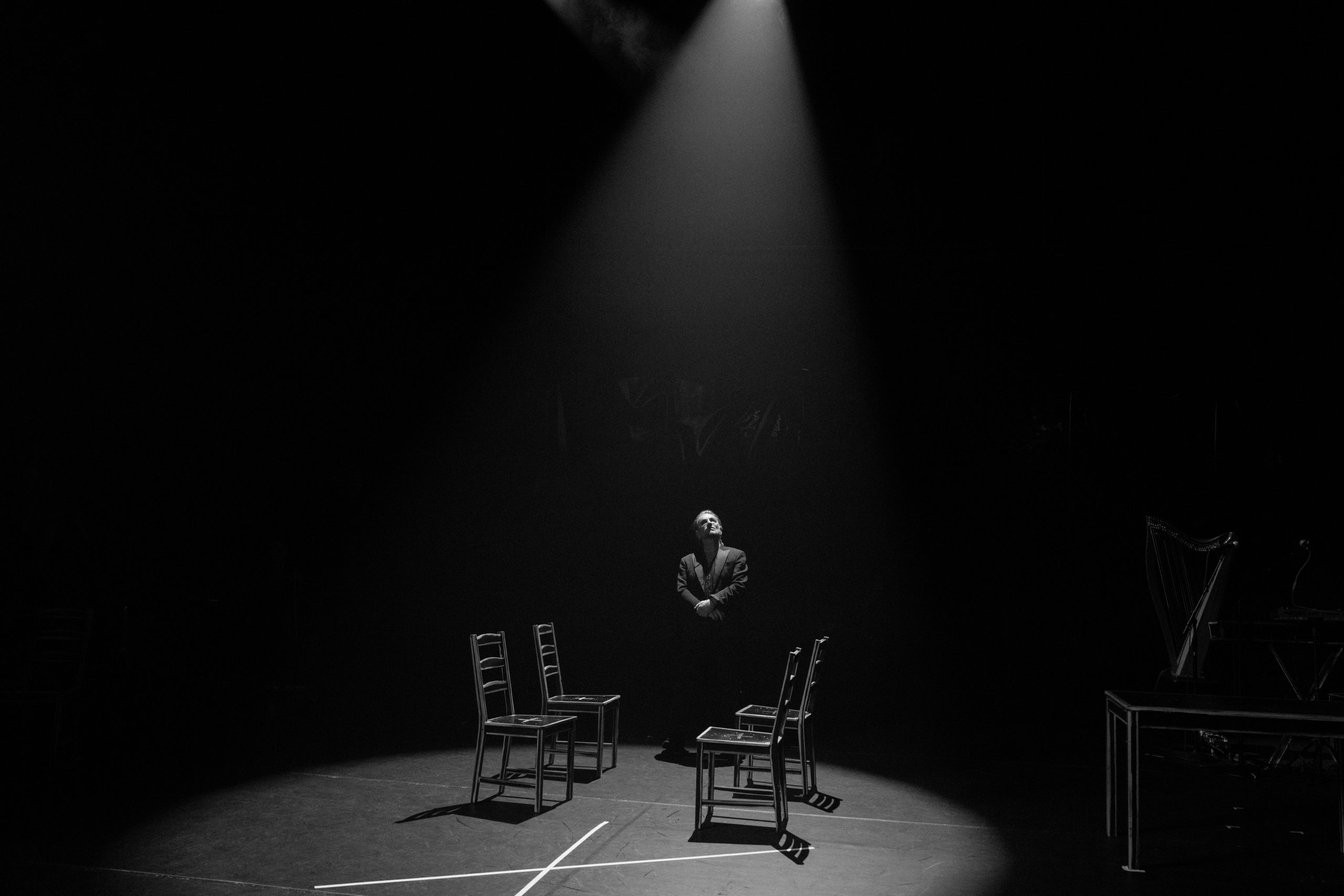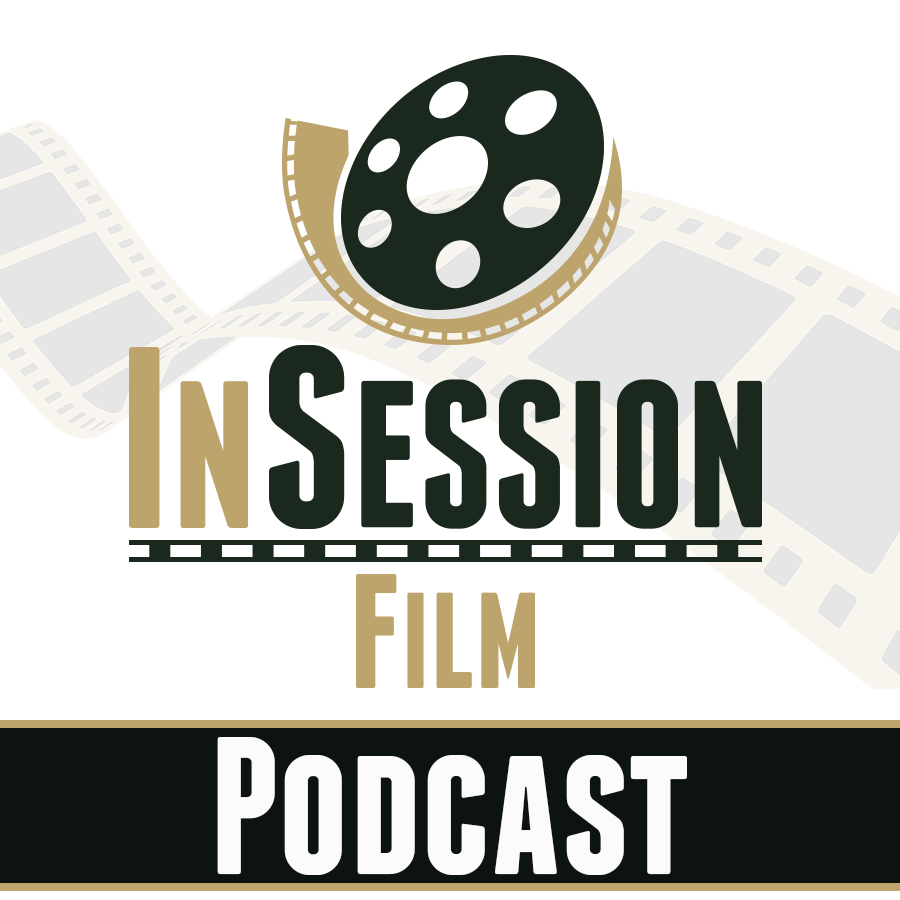Director: Andrew Dominik
Stars: Bono, Gemma Doherty, Kate Ellis
Synopsis: Bono shares life stories and U2 songs in an intimate show, exploring relationships with family, friends, and faith. Features unseen footage from his Beacon Theatre performances of “Stories of Surrender.”
For me, Andrew Dominik is one of the best and most fascinating directors working today. Ever since Chopper back in 2000, he has made a great impression, each of his pictures managing to show a different side of his directorial vision and stir the mind of the viewer, whether it is by painting a portrait of the famed, notorious outlaw Jesse James or a Fire Walk with Me-inspired tale of trauma, objectification, self-destruction, and loneliness through the eyes of Norma Jean, Marilyn Monroe, and their armor, the Blonde. But, in between those projects, Dominik has taken on some musical ventures, teaming up with Nick Cave and his fellow Bad Seed, Warren Ellis, for some beautiful, multi-layered concert-documentaries that speak on their artistic process and personal tragedies: One More Time with Feeling and This Much I Know to Be True, the former being one of the best musical biographies in recent memory.
The two projects make us feel like we are trespassing, as if Dominik and Cave accidentally left the door open and we just stumbled upon them having these very personal conversations about loss, suffering, existentialism, and the difficulty of finding hope in the face of tragedy, particularly after the passing of Cave’s son in 2015. These two projects go hand in hand, a before and after portrait of a man who underwent something so painful that nobody wishes upon another. When This Much I Know to Be True was released in the U.S. later in 2022, tragedy struck again; Cave lost his eldest son, making the project more melancholic and reflective than it already was.
What makes these projects so compelling and unique, in the vast, mostly saccharine landscape of music portraits, is the relationship that Andrew Dominik and Nick Cave have. It helps convert the films from a classic concert-documentary to a study of Cave and his mental state–his grief, search for hope and empathy, recovery, and more–through a time lapse of six years between the two projects. Nobody other than Dominik could have captured the essence of Cave, as a person, a father, and a musician, in this level of susceptibility. Because of that 2016 documentary, Cave became one of my favorite artists.
Seeing him dispel his grief and suffering made me see another version of Cave, considering that what I heard before was his work from the ‘80s and early ‘90s. Cave was honest, broken, and willing to share his pain with the world in his most painful days. And Dominik’s bond helped the film become clearer while trapped in this desolate void, portraying the inside and outside of Cave. One More Time with Feeling and This Much I Know to Be True are going to stand the test of time, but I don’t think Andrew Dominik’s most recent musical venture with the U2 frontman, Bono: Stories of Surrender, will, or, at the very least, leave a lasting impression.
Named after his critically acclaimed one-person show (and the new version of his book of the same name releasing alongside the film), Stories of Surrender has Andrew Dominik filming Bono through the stages of producing his show. It is a pulling back of the curtain-type project, where an artist is given the spotlight to talk about their past, present, and future–their goals, mistakes, legacy, and woes–through personal anecdotes and song performances that match with such. This sort of project happens mostly with artists who have planted their seeds in the genre they embarked on for many decades, significantly impacting the musical landscape. And Bono, whether you like him or not, has done so to an astronomical level, and he and the band have been relevant since their creation in 1976.
The band’s style has evolved through the ages, for better or worse, yet their expressionism and sociopolitical commentary on their records has remained untouched. They are never afraid of speaking their mind, which established the band’s reputation and separated them from the many that were coming up during that period. In Stories of Surrender, Bono talks about many things deeper than music, more open and personal than he has been in other U2 documentaries, like From the Sky Down. Friends (close collaborators and bandmates like The Edge, Jacknife Lee, Gemma Doherty) and family; his faith and how it has challenged him in various ways; the cross-generational struggles and role changes in his life, from son to father and musician to activist.
Though Bono still performs the songs that launched his career, he presents them as someone who has evolved, at least in part. Under Dominik’s lens, you get a backstage pass into his life, with intimate anecdotes about his childhood in Dublin, which paved the way for his activist life, and how he decided that his artistry should have meaning, a significance on today’s society, rather than just sing love songs and churn out pop records. These interviews are intertwined with some performances of classic U2 records, which were re-recorded during the pandemic. Even if I don’t particularly like the tracks themselves, Bono is a good showman; he knows how to get the crowd invested in the stories he tells in his records.

Now, Stories of Surrender has some things that make it somewhat distant, even if Bono is open and wants the viewer to know him better, inside and outside the spotlight. Bono’s self-righteousness and pretentiousness appear constantly during the performances and interviews. As George Harrison said, “U2 is based on ego, with most tracks being self-centered.” Many people despise the Irish singer because of these antics during interviews with magazines and newspapers; in one of the most recent, he says that he finds much of the U2 catalog cringeworthy. Bono has to always pull the focus on himself and himself alone, without regard for the experiences of others, which is one of the reasons why his band gets plenty of flak.
Even if he apologizes for the “unreasonableness of youth” during his 60s, Bono does not try to dissipate that behavior. Being a very bold and ambitious director, Dominik tries to make use of this self-righteousness, as he has done before with some of the characters in his films. However, it doesn’t amount to an exploration of an artist’s mask and his true persona. This wasn’t the project’s intention, and Dominik doing so would have caused many problems with the singer and his estate. However, a part of me would have liked to see Dominik accept Bono’s behavior more and reflect on it as an outsider.
Secondly, it lacks the director-musician bond that helps elevate the Dominik and Cave projects, where in each frame, there is a sense of closeness and kinship even when the lead Bad Seed isn’t speaking. You never feel that Bono and Dominik have a connection with one another. A coldness covers the stage, even when Bono sings his fiery lyrics. Another excellent example of an artist-musician bond is Martin Scorsese with New York Dolls frontman David Johansson, who passed away recently, in Personality Crisis: One Night Only. Stories of Surrender and Personality Crisis are similar in concept and structure. Scorsese captured an exceptional performance in January 2020 at the legendary Cafe Carlyle in New York.
Johansson sings his classic joints in a different tone than Buster Pointdexter, the hepcat lounge lizard alter-ego he created in the ‘80s. The records are reimagined from their punk origins into blues ballads with a self-reflective tone. Johansson reevaluates his legacy through performances and interviews, where he is questioned about death, grief, his discography’s expressionism, and much more. Scorsese’s love and admiration for the New York Dolls and Johansson are smeared across each running second, and the artist and filmmaker are connected to paint an incomplete yet introspective and honest portrait.

That sensation that transcends film and music is missing from Stories of Surrender; it fails to capture what makes Bono the man, myth, and legend he is, nor does it have a specific reason to make a reflective piece about his work. Nick Cave was grieving the loss of his son while making his most personal record to date. Johannson turned seventy and began to ponder death after many of his colleagues and bandmates passed–he being one of the last few icons from his time up and running. Meanwhile, Bono has the re-release of a book and a tour to promote. That alone shows you that the project is more promotional than reflective.






